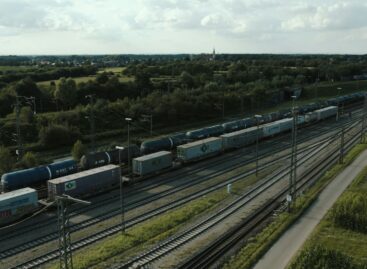NAV Audit Trends in 2024: Lessons and Focus Areas of Transfer Pricing Data Provision
The regulatory and practical challenges of transfer pricing were analyzed at Deloitte’s latest webinar, where tax advisor experts and a representative of the Tax Administration shared their experiences on the topic. The guest of the online event was Maqsoudi Ali, Head of the Transfer Pricing Department of the Tax Administration’s Audit Liaison and Information Utilization Department, who provided insight into the tax authority’s audit strategy and current focus points.
The current audit practice of the National Tax and Customs Administration (NAV) is based on two main points: on the one hand, they focus on those sectors of national importance where related companies play an important role, and on the other hand, they identify risk trends using data from various information exchanges and data reports. One of the main elements of the latter is the transfer pricing data reporting obligation introduced from 2022. Within this scope, six thousand taxpayers submitted their data in the first year, covering nineteen thousand transactions.
“NAV has a fairly complex risk analysis model that we have created and are continuously developing in recent years. One of the main elements of this is the transfer pricing data provision, the 2023 data was recently processed by our IT specialists”
– emphasized Maqsoudi Ali, Head of the Transfer Pricing Department of the NAV Audit Contact and Information Utilization Department, at the Deloitte webinar and added that in terms of industries, the tax authority is examining the automotive and manufacturing sectors in particular:
“We have been dealing with the automotive industry from a transfer pricing audit perspective for the third year now. The main reason for this is that it is a significant sector in terms of the national economy, and the experiences of the first year have already shown that there are indeed quite serious transfer pricing deficiencies and problems.”
Another important area that has been in the crosshairs of the NAV is persistent loss-making operations, especially in the automotive industry and other significant manufacturing sectors. Taxpayers must therefore take great care to present and justify in detail the reasons for the loss, whether it be costs related to the introduction of a new product or a market downturn.
Related news
Time is the most precious commodity – Christmas peak in logistics
🎧 Hallgasd a cikket: Lejátszás Szünet Folytatás Leállítás Nyelv: Auto…
Read more >Transporters protested against the planned toll increase in Budapest and its surroundings
🎧 Hallgasd a cikket: Lejátszás Szünet Folytatás Leállítás Nyelv: Auto…
Read more >The Ministry of Transport invites transport organizations to the negotiating table
🎧 Hallgasd a cikket: Lejátszás Szünet Folytatás Leállítás Nyelv: Auto…
Read more >Related news
(HU) A nap mondása
🎧 Hallgasd a cikket: Lejátszás Szünet Folytatás Leállítás Nyelv: Auto…
Read more >(HU) Kautzky Szemők Adrienn: Vigyázzunk a sarlatánokkal
🎧 Hallgasd a cikket: Lejátszás Szünet Folytatás Leállítás Nyelv: Auto…
Read more >The Hortobágy fish farm delivers one hundred tons of fish to stores every day
🎧 Hallgasd a cikket: Lejátszás Szünet Folytatás Leállítás Nyelv: Auto…
Read more >






